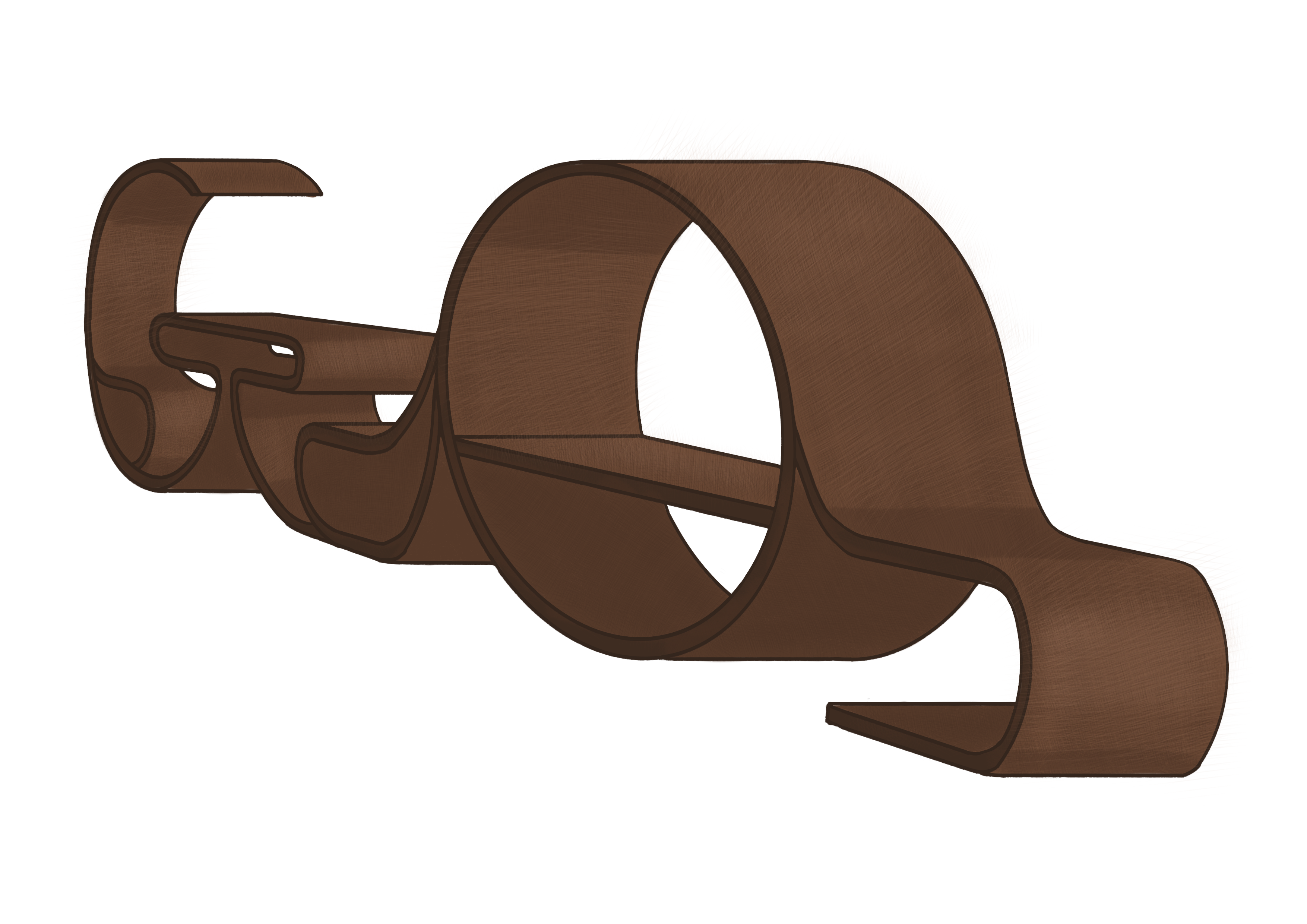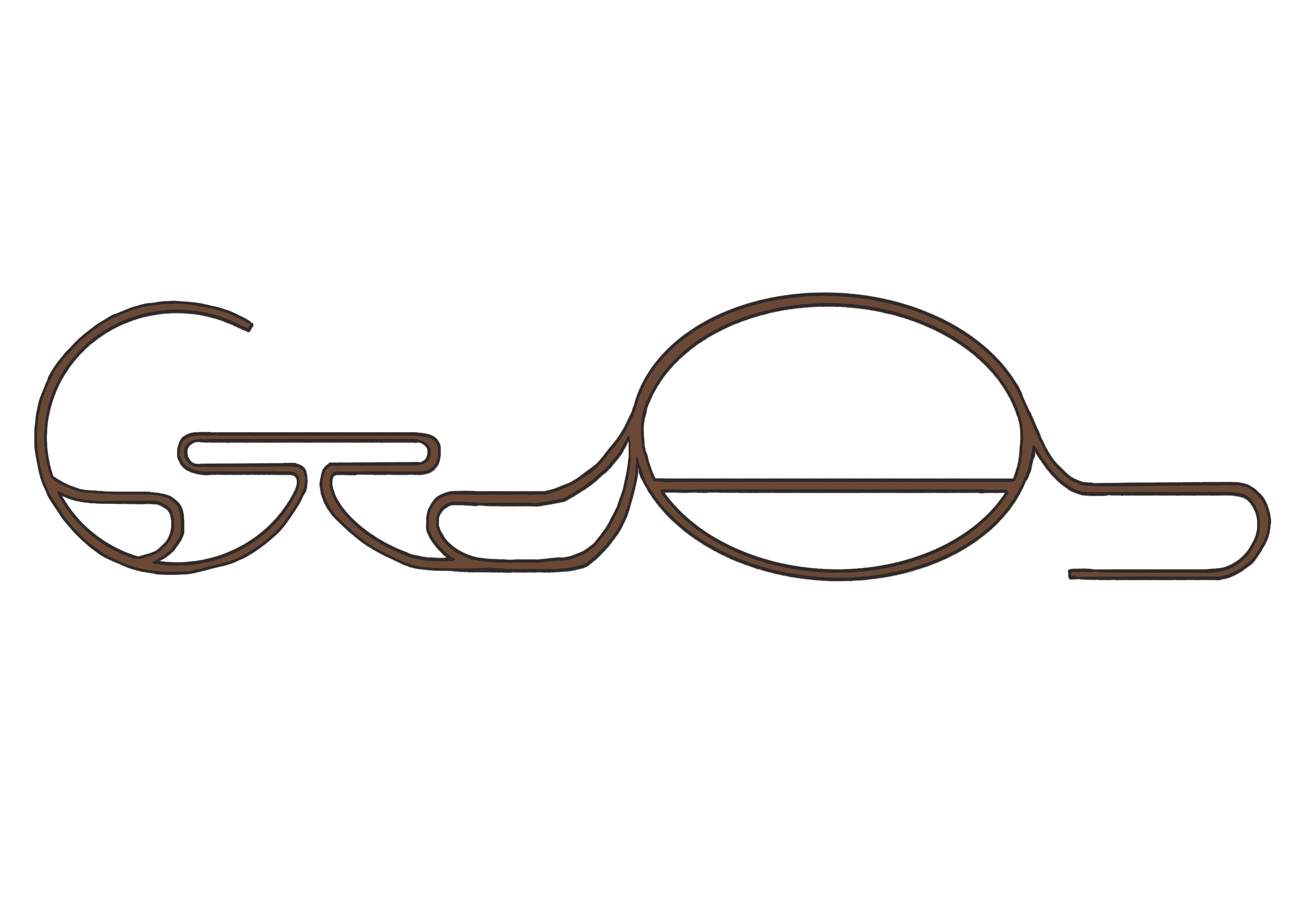Reconnecting with nature
Eco Lounge
Eco Lounge: A Fluid Haven for Sustainable Relaxation
Experience comfort in harmony with nature. Eco Lounge is a sculptural, flowing seating installation inspired by organic forms, inviting people to rest, connect, and embrace sustainability in urban spaces.
Latvia
National
Mainly urban
It refers to a physical transformation of the built environment (hard investment)
Early concept
No
No
As an individual
Eco Lounge is an innovative urban furniture concept designed to create a sustainable and aesthetic resting space in public areas. Inspired by organic forms, the project aims to blend functionality, environmental consciousness, and social interaction.
Target Groups: The primary beneficiaries are urban residents, including pedestrians, students, tourists, and professionals looking for a comfortable place to rest and socialize. The project also appeals to city planners and architects interested in integrating sustainable elements into public spaces.
Specific Objectives:
1.Promote sustainable urban design by using eco-friendly materials.
2.Enhance public space aesthetics with biomorphic, fluid structures.
3.Encourage social interaction and relaxation in urban environments.
Achieved Outcomes: Currently in the conceptual phase, Eco Lounge has been developed as a visually engaging and functional prototype that can be adapted to various urban contexts. Future iterations will integrate user feedback to refine its design and functionality.
Target Groups: The primary beneficiaries are urban residents, including pedestrians, students, tourists, and professionals looking for a comfortable place to rest and socialize. The project also appeals to city planners and architects interested in integrating sustainable elements into public spaces.
Specific Objectives:
1.Promote sustainable urban design by using eco-friendly materials.
2.Enhance public space aesthetics with biomorphic, fluid structures.
3.Encourage social interaction and relaxation in urban environments.
Achieved Outcomes: Currently in the conceptual phase, Eco Lounge has been developed as a visually engaging and functional prototype that can be adapted to various urban contexts. Future iterations will integrate user feedback to refine its design and functionality.
Sustainability
Public Space
Biophilic Design
Social Interaction
Innovation
The project promotes sustainability by:
1.Using eco-friendly materials (such as wood, bamboo, or recycled composites).
2.Enhancing energy efficiency through modular, low-maintenance construction.
3.Encouraging green urbanism by integrating nature into public spaces.
The design serves as an exemplary model for sustainable urban furniture, offering an alternative to conventional benches by incorporating recyclable, locally sourced materials.
1.Using eco-friendly materials (such as wood, bamboo, or recycled composites).
2.Enhancing energy efficiency through modular, low-maintenance construction.
3.Encouraging green urbanism by integrating nature into public spaces.
The design serves as an exemplary model for sustainable urban furniture, offering an alternative to conventional benches by incorporating recyclable, locally sourced materials.
1.The fluid, organic form of the lounge enhances urban aesthetics, making public spaces more inviting.
2.The design encourages different seating and lounging positions, making it adaptable to various user needs.
3.The natural material choices create a warm and welcoming atmosphere.
By merging sculptural elegance with ergonomic comfort, the project becomes a statement piece in public spaces, enriching the cultural and aesthetic landscape of the city.
2.The design encourages different seating and lounging positions, making it adaptable to various user needs.
3.The natural material choices create a warm and welcoming atmosphere.
By merging sculptural elegance with ergonomic comfort, the project becomes a statement piece in public spaces, enriching the cultural and aesthetic landscape of the city.
1.Accessible for all: Designed with ergonomics in mind, making it comfortable for a diverse range of users.
2.Free public access: Ensures that people from all economic backgrounds can use it.
3.Social integration: The open, shared nature of the lounge encourages interaction between strangers, promoting inclusivity.
This inclusivity model can be an exemplar for public space design, showing how seating can be both visually appealing and socially integrative.
2.Free public access: Ensures that people from all economic backgrounds can use it.
3.Social integration: The open, shared nature of the lounge encourages interaction between strangers, promoting inclusivity.
This inclusivity model can be an exemplar for public space design, showing how seating can be both visually appealing and socially integrative.
1.User engagement: Future phases will include public feedback sessions to refine the design.
2.Community participation: Local artists or designers could contribute to customization, making each installation unique to its location.
3.Impact: By involving the community, the lounge becomes more than just furniture—it becomes a symbol of collective urban creativity.
2.Community participation: Local artists or designers could contribute to customization, making each installation unique to its location.
3.Impact: By involving the community, the lounge becomes more than just furniture—it becomes a symbol of collective urban creativity.
1.Local Level: Collaboration with municipalities to identify suitable locations.
2.Regional/National Level: Potential partnerships with sustainability organizations for material sourcing.
3.EU Level: Future applications for sustainability grants and urban design initiatives.
The engagement of various stakeholders ensures the project remains adaptable and scalable, while maintaining its core sustainability goals.
2.Regional/National Level: Potential partnerships with sustainability organizations for material sourcing.
3.EU Level: Future applications for sustainability grants and urban design initiatives.
The engagement of various stakeholders ensures the project remains adaptable and scalable, while maintaining its core sustainability goals.
1.Architecture & Urban Design: For functional and aesthetic development.
2.Sustainable Material Science: Ensuring eco-friendly materials are used.
3.Sociology & Public Interaction: Understanding how people use and engage with public spaces.
4.Engineering & Manufacturing: Ensuring durability and feasibility in real-world conditions.
The interdisciplinary collaboration ensures that the project is well-rounded, practical, and impactful.
2.Sustainable Material Science: Ensuring eco-friendly materials are used.
3.Sociology & Public Interaction: Understanding how people use and engage with public spaces.
4.Engineering & Manufacturing: Ensuring durability and feasibility in real-world conditions.
The interdisciplinary collaboration ensures that the project is well-rounded, practical, and impactful.
Unlike traditional urban seating, Eco Lounge:
1.Embraces biomorphic forms, breaking away from rigid bench structures.
2.Uses sustainable materials, reducing environmental impact.
3.Encourages new ways of interaction, turning seating into a social experience.
By blurring the lines between art, function, and sustainability, it sets a new precedent in urban design.
1.Embraces biomorphic forms, breaking away from rigid bench structures.
2.Uses sustainable materials, reducing environmental impact.
3.Encourages new ways of interaction, turning seating into a social experience.
By blurring the lines between art, function, and sustainability, it sets a new precedent in urban design.
1.Design research: Study of ergonomic and biophilic design principles.
2.Material selection: Prioritizing sustainable, recyclable options.
3.User testing & iteration: Gathering feedback to optimize comfort and functionality.
4.Stakeholder collaboration: Involving urban planners and sustainability experts.
The approach is iterative, ensuring each phase improves upon the last.
2.Material selection: Prioritizing sustainable, recyclable options.
3.User testing & iteration: Gathering feedback to optimize comfort and functionality.
4.Stakeholder collaboration: Involving urban planners and sustainability experts.
The approach is iterative, ensuring each phase improves upon the last.
Eco Lounge can be adapted to various locations and needs:
1.Material choices can be localized to fit regional sustainability goals.
2.Design can be scaled or modified for different public spaces.
3.The process of public engagement can serve as a model for future urban design projects.
Its flexibility and modularity make it easily transferable to other cities and contexts.
1.Material choices can be localized to fit regional sustainability goals.
2.Design can be scaled or modified for different public spaces.
3.The process of public engagement can serve as a model for future urban design projects.
Its flexibility and modularity make it easily transferable to other cities and contexts.
1.Climate Change – By promoting sustainable materials and low-impact urban furniture.
2.Urban Well-being – By enhancing public spaces and encouraging social interactions.
3.Resource Efficiency – By using local, recycled, or biodegradable materials.
By offering a small-scale yet impactful solution, Eco Lounge contributes to a larger movement toward greener, more inclusive cities.
2.Urban Well-being – By enhancing public spaces and encouraging social interactions.
3.Resource Efficiency – By using local, recycled, or biodegradable materials.
By offering a small-scale yet impactful solution, Eco Lounge contributes to a larger movement toward greener, more inclusive cities.
{Empty}


